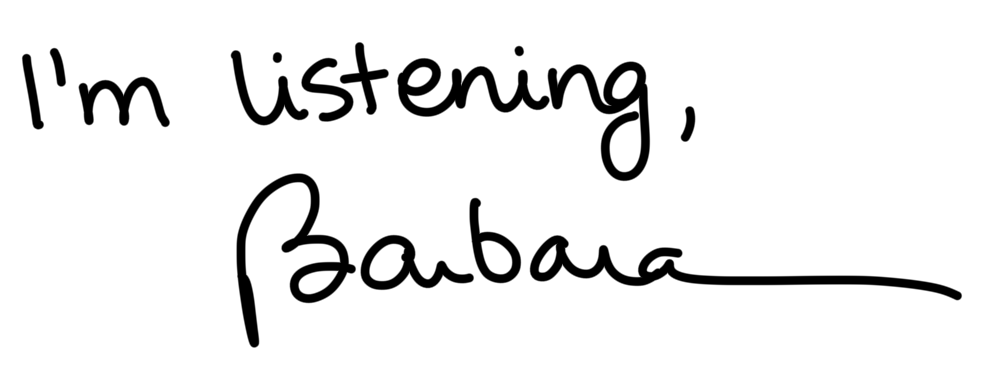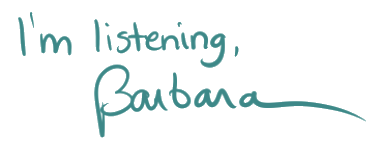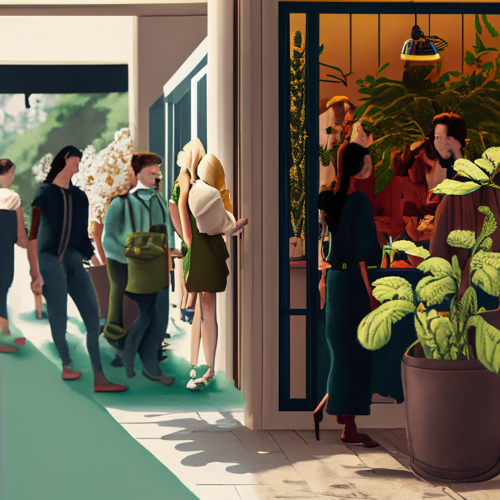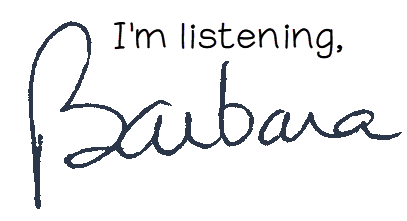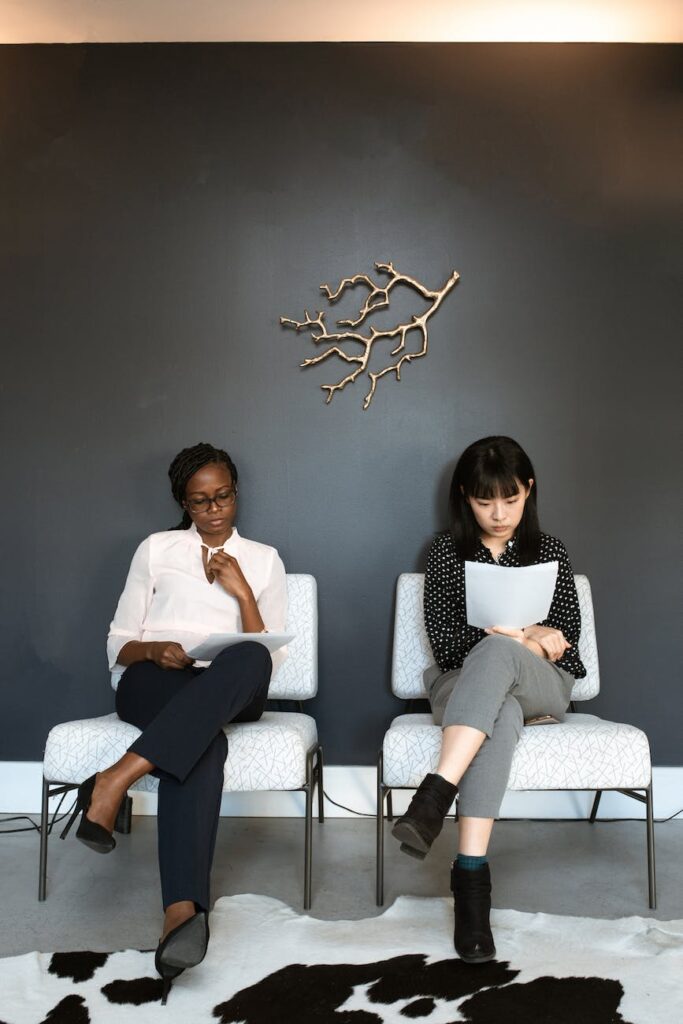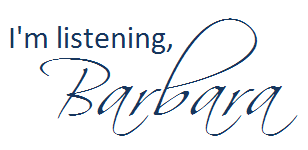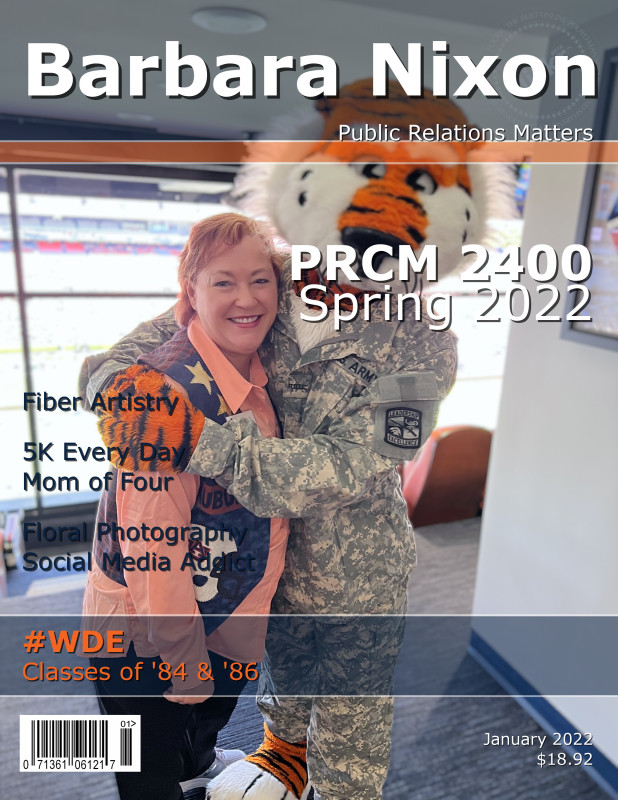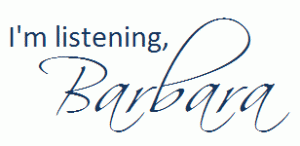
If you’ve ever wondered why some stories get picked up instantly while others fall flat, it all comes down to newsworthiness. In PR, writing a strong news release isn’t enough — you need to know what makes editors, reporters, and your target audience care. The good news? Journalists and PR pros use a consistent set of criteria to evaluate story ideas.
These eight classic news values are essential for anyone learning public relations. Let’s break them down — with real-world examples, tips, and a few watch-outs — so you can start thinking like a pro.
1. Timeliness: Why does this matter right now?
News is about the present — not the past. Stories with a timely angle are more likely to grab attention because they feel urgent, relevant, or connected to something people are already talking about. Whether it’s a seasonal trend, breaking news, or a major event on the calendar, think of timeliness as the “why now?” behind your pitch.
- Example: A campus mental health initiative tied to World Mental Health Day will land better than the same story released randomly in May.
- PR tip: Use calendars and awareness days to your advantage. Tie your content to something people are already paying attention to.
2. Prominence: Who’s involved — and why should we care?
When a story involves someone famous, influential, or respected — even within a niche — it immediately becomes more newsworthy. Prominence taps into name recognition and reputation, which often translate to public interest. People are curious about what well-known individuals or organizations are doing.
- Example: A small-town event gains big media attention when a well-known alum returns as keynote speaker.
- PR tip: If your client, subject, or spokesperson has any recognizable credentials or associations, lead with them.
3. Proximity: How close is this to your audience’s world?
People naturally care more about what affects them where they live, work, or study. That’s proximity — stories that are geographically or emotionally close to your intended audience. Even national stories can become more relevant if you localize the angle.
- Example: A national nonprofit launching a chapter on your campus makes the story more relevant to student-focused media.
- PR tip: Think local, even for global stories. Ask: “How does this affect people here?”
4. Significance: How big is the impact — and who’s affected?
Significance is about scope and consequence. A story is more newsworthy if it affects a large number of people, or even a small group in a meaningful way. This value helps answer: “Why should the audience care?”
- Example: A new university policy that changes how scholarships are awarded affects hundreds of students — that’s significant.
- PR tip: Use clear data, numbers, or examples to show how many people are impacted — and in what way.
5. Unusualness: What makes this stand out from the norm?
The unexpected grabs attention. Unusualness, also called novelty, is what makes people pause and say, “Wait — what?” Stories with quirky, surprising, or rare elements tend to stick in people’s minds. Just make sure the unusual angle is relevant, not just random.
- Example: A professor who uses TikTok to explain economics concepts in full costume might turn heads — and earn headlines.
- PR tip: Ask yourself, “Have people seen this before?” If not, that might be your hook.
6. Human Interest: Does this story make people feel something?
These are the stories that make people smile, tear up, or feel inspired. Human interest pieces are about people — their challenges, accomplishments, or journeys. These stories are often heartwarming, emotional, or deeply personal, and they make the news because they touch something universal.
- Example: A student who overcame homelessness to graduate with honors is a story that resonates on a human level.
- PR tip: Look beyond facts — who’s at the center of your story, and why should others care about their experience?
7. Conflict: Is there tension, struggle, or change involved?
Stories with conflict often involve competing ideas, public debate, or a problem being addressed. Conflict adds narrative energy and can create a sense of urgency. In PR, it’s not always about scandal — it might be a challenge your organization is trying to solve or a difference in opinion that’s being explored.
- Example: A campus group challenging a proposed tuition hike is news because it shows students taking a stand.
- PR tip: Use conflict carefully — highlight how it’s being addressed, not just that it exists.
8. Newness: Is this the first, the latest, or a fresh take?
Something being new — a product, program, event, or finding — adds an automatic layer of newsworthiness. But “new” has to mean something. Launching a “new version” of something old doesn’t matter unless it offers value or solves a problem in a new way.
- Example: A university launching the first-ever esports program in the region is both new and noteworthy.
- PR tip: Don’t just say something is new — explain why it’s important now, and to whom.
Wrapping It Up: Think Like Your Audience — and the Editor
Before you pitch a story or write a news release, take a moment to walk through these eight values. You don’t need to check every single box, but the strongest stories often include several. And if your draft doesn’t include any of these? It might be time to rethink your angle.
Strong public relations writing always starts with strategy — and newsworthiness is part of that foundation.
